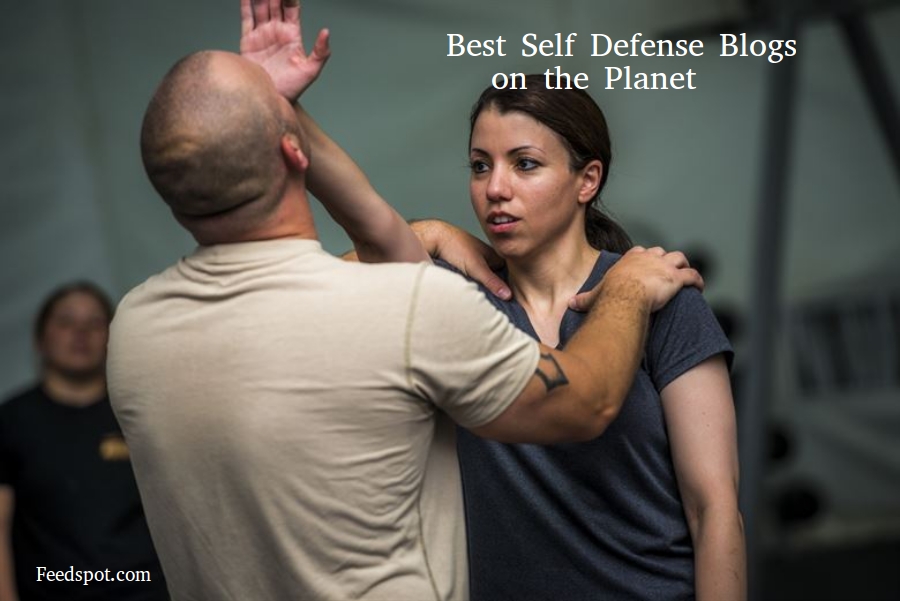
Safety is key to safe climbing. They help prevent falls by lowering the climber while climbing, and providing multiple points of friction to the climber. Belayers can lower climbers using climbing protection devices without carrying their entire weight. Belayers must be taught how to use climbing protection devices in a controlled environment before they can be used on a climb. Climbing classes are a great way to learn how to use a belay device properly.
Active rock climbing protection devices
Protective devices for active rock climbing are an effective way to secure yourself to the rock. They are made from spring-loaded, spring-loaded camming and sliding ball-nuts. These can be used to insert them into cracks, pockets or walls on a horizontal crack or vertical wall. Some cams are made to work in flaring cracks, while others are meant for use in vertical cracks only. These devices need to have cleaning and lubrication.
Passive rock climbing protection tools include wires as well as nuts and wallnuts. These devices are made from high-strength tape and sewn together into a sling. These devices are often used with other protection items, such a harness.
Slings
Slings can be used to protect climbers from falling. These devices are made from a variety materials. They can be as short as one inch and as long as eight inches. They are made from nylon fibers, and come with a core and sheath. These are great for attaching to anchors or extending runners for long pitches.

Slings can be used as climbing protection devices. They can also be used to protect long pitches, roofs, and large traverses. Slings are typically double-length, but can be tripled to make a single rope for alpine climbing.
Cams
Cams, which are climbing protection devices, allow you to avoid falling rocks. They work by pushing against the rocks, which causes outward forces to be directed. The cam's strength will depend on the rock type and how it is placed. Some cams can be more powerful than others. This should be taken into consideration when using a cam.
Active protection and passive protection are the two main types of climbing protection devices. Active protection includes moving parts, such as cams. Passive protection, on the other hand, uses a fixed object (usually a metal part). Cams were first introduced in the late 1970s when Ray Jardine developed a spring-loaded camming device.
Bolts
There are many types available for rock climbing. The most commonly used type is the ringbolt. These are made out of a stainless rod with one end having a loop. The bolts are then glued in a hole dug into the rock. The loop can also be used to attach a quickdraw and other climbing protection devices. The U-bolt, another type, is also available. This type of bolt is similar to a ring bolt but it's made from a stainless-steel rod bent into U shape.
Some rock climbing routes require protection that is more permanent. Bolts are usually installed on rock faces to stop rock falls. You may need multiple protection points on some routes. It is important to determine the protection required for your route. Modern bolts, made from stainless-steel, can withstand upto 5,600 pounds of pull or 3,300 pounds of force outward. Even the best-placed bolts can wear out over time.

Nuts
Climbing protection devices such as nuts and bolts are a vital part of a climber's toolkit. These protection devices are essential for climbers as they not only provide security but also protect the rock and prevent cracks from causing damage. You should choose nuts and bolts carefully and ensure the right orientation.
They are available in various sizes and colors, with the majority coloured to assist identification. They are made to fit into cracks and constrictions in the rock. The nut captures the narrow end and wedges into narrow cracks. The original nut was invented by John Brailsford in the 1960s. Modern nuts are available in a variety of sizes and can be adjusted to fit into pin-scarred, flared cracks.
FAQ
How much does a stun gun cost?
A stun gun's price can vary depending on its model.
Two batteries are included in most models. The batteries last around three months.
Is it illegal to give a stun gun to a child?
It all depends upon the child's age.
Under 18: No.
18+: Yes
When giving a stun gun to a minor, you must ensure they understand the dangers of carrying one.
They must also be supervised by an adult.
Are there any legal requirements for owning a stun gun?
Some states require that you show proof of training before you can get a stungun.
Some states require you to register your stun gun with the police.
Other states require you to notify law enforcement whenever you move.
Where can I purchase a stun gun
There are many places where you can purchase stun guns.
You can search online for Amazon.com, eBay, Walmart, and many other stores.
Brick-and mortar stores like hardware, sporting goods, and other stores can be visited.
What is the best form of self-defense for women?
Pepper spray should always be on a woman's person. If you are attacked by someone bigger than you, use it as soon as possible. It might save your life.
Kicking is also a skill that women should learn. Kicking is a good way to protect yourself against an attacker.
Is it legal to carry a stungun?
Yes. But, you'll need to get a permit from your local government.
Fill out the application form and pay the fee to apply for a permit.
Once you receive your permit, you must keep it in a visible place (like your wallet).
If you lose your permit, then you will be required to go through the process again.
Are there any self-defense tips that are easy?
Self-defense techniques include punches, kicks, elbows, knees, head butts, and other strikes. These techniques may include grappling, such as wrestling or judo, and jujitsu.
Protect yourself from an attacker who is trying to hurt your feelings with self-defense tactics
They can also help someone defend themselves from an attack.
There are many different ways to practice self-defense. Choose the one that is most comfortable for you.
Statistics
- Kung Fu alone has 400 unique martial art styles – and whilst you likely won't be able to find a school for each form, many other martial arts are completely different altogether. (budodragon.com)
- Most likely, the person will want some kind of boxing match, so if you can out-box them, this would be 100% ideal for survival. (budodragon.com)
- Saying this, Self defense 101 would be the importance of situational awareness, which can never be replaced by the finest of martial arts, because it is this that would help you to avoid any likely attacks in the first place. (worldofselfdefense.com)
- In a January 2018 survey of 1,000 women nationwide, 81 percent reported experiencing some form of sexual harassment, assault, or both in their lifetime. (healthline.com)
External Links
How To
How to use Kubotans as self-defense
Kubotan are small sticks that were used by Okinawan martial art masters as weapons. They were originally made of bamboo but have since been replaced by metals and plastic.
They can be found between 5cm and 2.5cm in height.
The Kubotan's purpose is to strike at your opponent's eyes, nose and mouth. It can also strike other body parts such elbows, knees, and wrists.
Kubotan are popular among women because they are lightweight and easy to conceal when not in use.
It is important to know the exact spot where you should place the Kubotan stick in order to make it work.
Also, practice using the Kubotan to ensure you hit the right spots.
The steps below will teach you how to use a Kubotan for self defense.
-
Stand in front of the attacker
-
Hold the Kubotan securely between your thumb and index fingers.
-
Raise the arm holding the Kubotan above your head.
-
Swing the Kubotan downward towards the attacker's face.
-
Strike the attacker on the nose, eye, or mouth area.
-
As it hits the target, the Kubotan should be visible.
-
Continue swinging the Kubotan until you hear a "thwack" sound.
-
Lower the Kubotan to step back
-
If you want to continue fighting, repeat Steps 1-7.